Search Results for: Forests
Skip to resultsCan’t find what you’re looking for? Visit our FAQ page.
5,522 results for: Forests
-
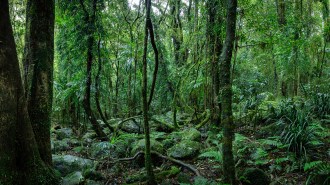 Climate
ClimateAustralia’s tropical forests now emit CO₂, clouding the COP30 talks
These tropical forest CO₂ emissions may warn of similar shifts in other regions, a key topic for COP30 climate talks in Brazil.
-
 Climate
ClimateHere are 3 big ideas to combat climate change, with or without COP
As action from the U.N.’s huge COP30 international meeting falls short, smaller groups are banding together to find ways to fight climate change.
By Meghie Rodrigues and Carolyn Gramling -
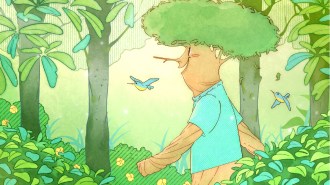 Climate
ClimateTrees can’t get up and walk away, but forests can
In fantasy worlds, trees like the Lord of the Rings’ Ents are agile and mobile. In the real world, they’re slow.
-
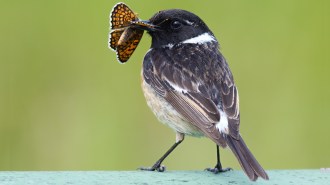 Animals
AnimalsIs camouflage better than warning colors? For insects, it depends
The effectiveness of camouflage or warning colors for insect defense depends on conditions such as light levels and how many predators are around.
By Jake Buehler -
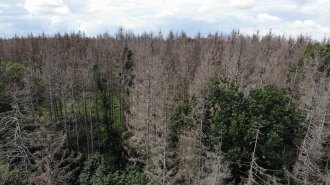 Plants
PlantsTrees ‘remember’ times of water abundance and scarcity
Spruce trees that experienced long-term droughts were more resistant to future ones, while pines acclimatized to wet periods were more vulnerable.
-
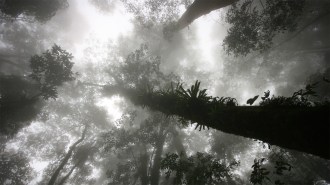 Climate
ClimateWarming is chasing cloud forests steadily uphill
Cloud forests are biodiversity hot spots and crucial water sources. But climate change and deforestation are shrinking their range, new data show.
By Douglas Fox -
 Climate
ClimateBuying carbon credits to fight climate change? Here’s what to know
Carbon credits sold on the voluntary market are under scrutiny for not offsetting greenhouse gas emissions as claimed.
-
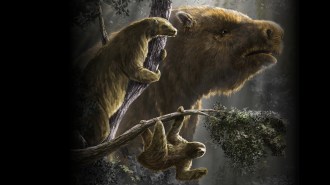 Paleontology
PaleontologySloths once came in a dizzying array of sizes. Here’s why
A new fossil and DNA analysis traces how dozens of sloth species responded to climate shifts and humans. Just two small tree-dwelling sloths remain today.
-
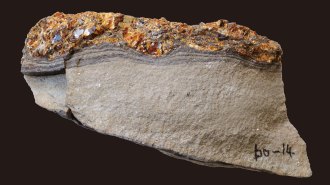 Oceans
OceansSeafloor amber may hold hints of a tsunami 115 million years ago
Oddly shaped deposits of tree resin point to massive waves that struck northern Japan roughly 115 million years ago and swept a forest into the sea.
-
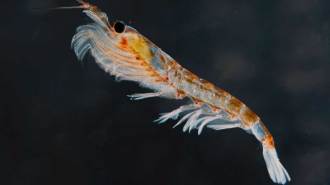 Climate
ClimateAntarctic krill eject more food when it’s contaminated with plastic
Antarctic krill don’t just sequester carbon in their poop; they also make carbon-rich pellets out of leftovers. But microplastics may throw a wrench in the works.
-
 Environment
EnvironmentFires in the Amazon forest may melt sea ice in Antarctica
Satellite data reveal a link between the amount of black carbon in the atmosphere and rates of Antarctic sea ice loss in recent years.
-
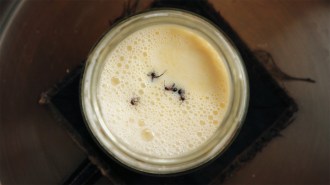 Microbes
MicrobesTo make a tasty yogurt, just add ants (and their microbes)
Spiking milk with live ants makes tangy traditional yogurt. Researchers have identified the ants' microbial pals and enzymes that help the process.